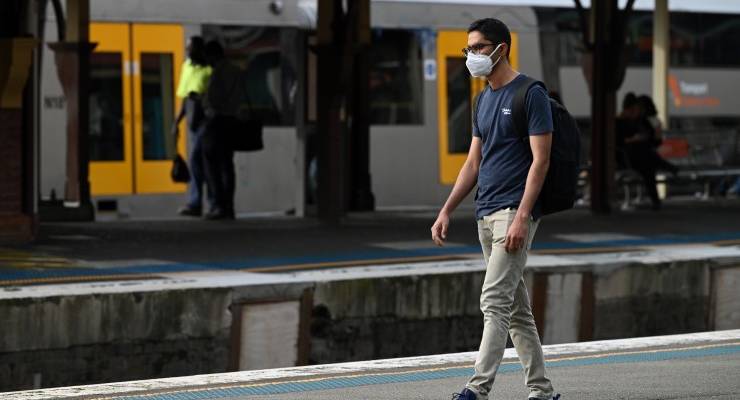
We are hearing a lot about the curve these days. “Flatten the curve” has become the catchcry of the coronavirus pandemic.
Which curve are we aiming to flatten?
We’re all familiar with that hockeystick line that shows confirmed COVID-19 cases in Australia rising into the sky.
The truth is, this chart has looked much the same since the beginning of March, whether we had 200 or 2000 cases.
That linear curve will never flatten while any number of cases are added to our total. It is not particularly useful in helping us track our progress or compare ourselves against other countries.
To do that, we need a chart like this.
To see each country’s trajectory line on its own or to compare countries of your choosing, click in the Select region box within this chart and choose the countries you want.
Each line represents a country’s cumulative number of confirmed COVID-19 cases since their 100th case. We start at case 100 to skip to a point of critical mass and look at countries side by side in the “same moment in time” in relation to the virus.
This is the chart that tells a story, not only about the progression of the disease, but each country’s response.
The top pink line is China (tap the chart for real numbers). You can see cases grow exponentially and flatten out. This was achieved through extreme and often authoritarian measures including locking down hundreds of millions of people.
South Korea (the second pink line) looked like it might go in a similar direction. Cases in the country spiralled out of control at around case number 30.
But the nation managed to arrest the growth through a range of measures that included wide scale testing and advanced, targeted isolation and quarantines.
Italy and Spain are still on the rise and the effects of their current measures — nationwide lockdowns — are yet to be seen.
The USA’s trajectory is frightening and is a textbook example of exponential growth (select it from the dropdown menu to get a single view).
Take a look at the point where the USA reaches 10,000 cases. It is around day 17. Now look at how long it took to double that to 20,000: about two days.
Where does Australia fit in all this? We are the red line rising steeply in the centre. We are not in the poor form of other western countries, but our trajectory is clear.
The Morrison government and state and territory leaders have ramped up measures to arrest this growth, with travel restrictions, spatial distancing requirements and shutdowns.
The data lags behind reality. Cases confirmed today tell us what happened in the recent past. We are yet to see the effects of these measures and must wait for them to be absorbed.
As we do that, this is the curve to watch.







This is an improvement. It is even more useful to graph the ratio of todays count to yesterdays. This is the rate of growth in the number of cases. 24 hours ago, the rates for a range of countries, and the doubling times, were
rate Doubling time(days)
AU 1.259144 3.007979
CN 1.001019 680.265441
JP 1.041109 17.205455
IT 1.126594 5.810373
SG 1.115942 6.318633
UK 1.154308 4.766134
US 1.334676 2.398315
We are in a bad position, worse, I believe, than appears on your graph. Our rate of growth is worse than in Italy or UK, for example. Our only comfort is that Trump’s USA is worse.
I can’t find promised interactive chart on this page.
Another chart that would be informative is similar to this but on per head rather than absolute numbers. Much would be revealed.
The curve you really need to watch is the deaths curve. There is too much uncertainty around verified cases due to inadequate testing. If you look here (https://www.worldometers.info/coronavirus/) at the cases per 1m population, that is obvious.
The deaths curve will lag new cases, which means the effect of measures will not be properly known for about 3-4 weeks. That argues for 3-4 weeks of shutdown. Otherwise extend testing to anyone who reports symptoms, and all their close contacts.
Quite right Davoid….Juliette doesn’t quite know that.
The testing regimes to identify cases have to be identical for the curves to be comparable. Does anybody believe reports from China and other ‘developing’ countries.
The curve which really counts is the ‘death’ curve- absolute and per head of population.
The former will tell you how good your health care was; and the latter how good your infection control was.
Thanks Juliette. Great work on covid19data.
I too am wondering why we don’t see cases-per-capita when comparing countries? Surely you’ve considered it – love to hear why its a) hard to do or b) of no value. Also what would cases-per-capita weighted by population density look like?
When I last looked, the ACT had a per capita rate higher than NSW, something not picked up anywhere AFAIK.